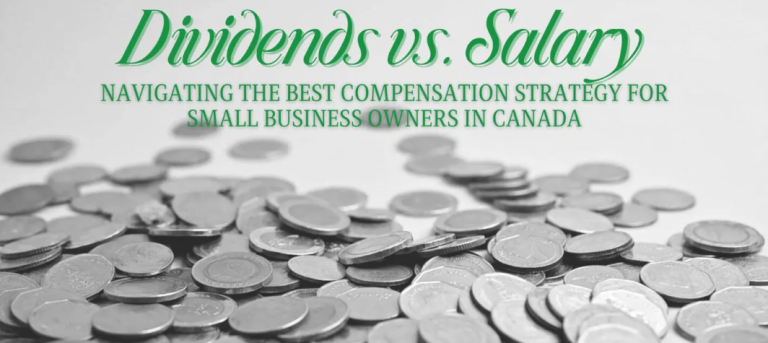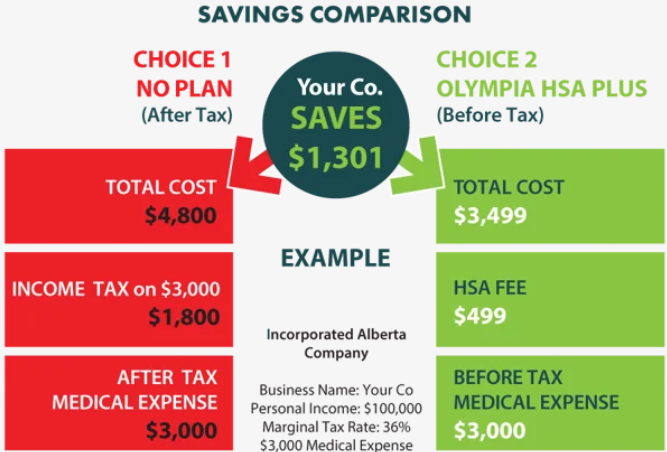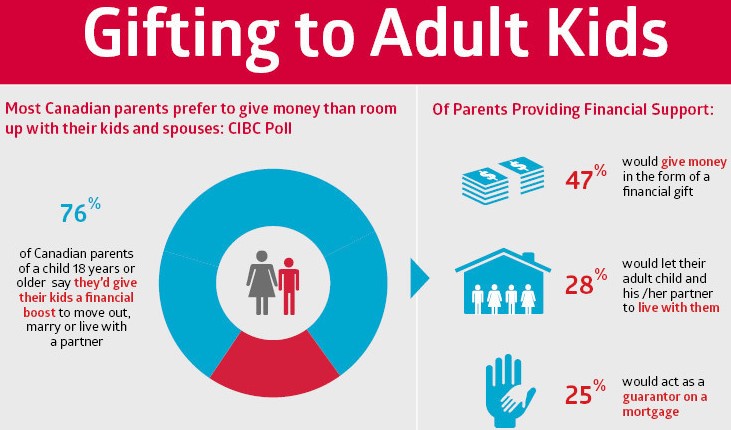Since the early 80’s, interest rates have fallen. If you look at it on a graph, it hasn’t been a straight, sloped line downward. It has been more like an an uneven slope of a long hill where there are flat spots as well as spots where you are actually going up. Despite that, what we have all experienced is a multi decade trend down in interest rates where you have interest rates at the lowest level we have seen in over 60 years. From here, interest rates can’t really go very much lower. In other words, the trend has ended.
Residential real estate prices have one of the biggest beneficiaries of this long, slow decline in interest rates and it’s very simple to see if you do a bit of digging.
Both historically and theoretically, real estate prices go up by the rate of inflation plus little bit more per year because land where people want to live gets scarcer as a city multiplies in population. There is simply more people that want to live in the city but less and less availability of housing product. This makes people move out further from where they work or where they would prefer to live thus creating a ripple effect into the suburbs. Migration takes bigger leaps as well to other cities farther away (in B.C. that would be Kelowna and Squamish). To offset that we have gone up and smaller in the city and created a wider range of home choices in the suburbs.
Let’s get back to the question, “Are homes really more expensive today?” Well, sure they are, the sticker prices say homes are more expensive. However, most people don’t buy based on a sticker price they buy based on what it will cost on a monthly basis. That is what really determines affordability. I‘ll use an an older apartment building in Richmond as the example since I have some personal experience here.
The cost of the biggest ground floor unit in this building was $100,000 in 1990. Interest rates were at 11%. Assuming you could get a mortgage on the full amount, the monthly cost at that time was $963 / month. Today that same condo would sell for about $275,000. Again, if you could finance the full amount, the mortgage payments would be $1,373. The sticker price of the condo is 275% higher than it was 24 years ago however the payments to buy it today are only 43% higher. From those measures alone, you can see that the monthly financing costs to pay for a home has gone up much less than the actual sticker price. Of course, we can’t just end it there.
We have to take into account 2 factors that go hand in hand, wages and inflation. People pay for a home with their take home, family income. For this, I’m going to use minimum wage as the benchmark for wage increases as it is a very easy historic number to nail down. In 1990 B.C.’s minimum wage was $4.50. Today it is $10, a 122% increase. I’m not going to say wages have gone up by that amount across the board because there appears to be evidence to show that they haven’t. Even if you assume it hasn’t gone up near that amount I think you and I would agree that wages have gone up since 1990. I think if you look back at a cross section of occupations we’ll both come to that same conclusion. Remember, the cost of paying for a mortgage today is only 43% more than it was 24 years ago. That works out to 1.5% per year Inflation has increased by 2.1% per year during that same time frame so simply from an inflationary perpective, home financing costs are actually less.
What those 2 things together indicate is that the actual carrying costs as a percentage of income today show much evidence that monthly home financing costs actually take up less income today than they did 24 years ago. As I side note, I’m not taking income taxes into account, food prices or whether the inflation the government calculates are accurate however the fact that the highest income tax rate in B.C. was over 51% and it is under 44% mitigates some of the potential discrepancies that can be argued in those.
So why is it perceived that housing is so much more expensive than it was in the past? I think there are a few reasons for that.
I have reason to believe that most of us want as much (and often more) than what our parents had. This isn’t anything knew. I was interviewed on the CKVU noon hour news in the early 90’s and I suggested that exact same thing on the “housing is too expensive to afford topic”. How many of you who are in their 50’s or 40’s today, flew somewhere warm for Spring break every year? How many TV’s did you have growing up? Did your parents go out for dinner or coffee as much as you do now? How about all those home appliances we have now not to mention the electronic gadgets that we continually go through. It is simply a matter of wanting more, wanting it new and wanting it… now? The meteoric rise of consumer debt over the past 20 years would suggest that as well (household debt in Canada is at 164% of income in 2013, double what it was 20 years ago).
The second is those of us who have kids who have yet to buy homes or saw prices rise dramatically over the past several years simply look at the sticker price of homes and say “houses are unaffordable for the younger generation”. If it appears so, it must be so? I’d suggest not.
Having said all of that however, this question must be asked. If interest rates have been in fact the tailwind to rising housing prices then what happens when interest rates trend higher from the lowest levels we’ve seen in over 60 years, while consumer debt is at all time highs? As always, I welcome your comments and input on this topic.





